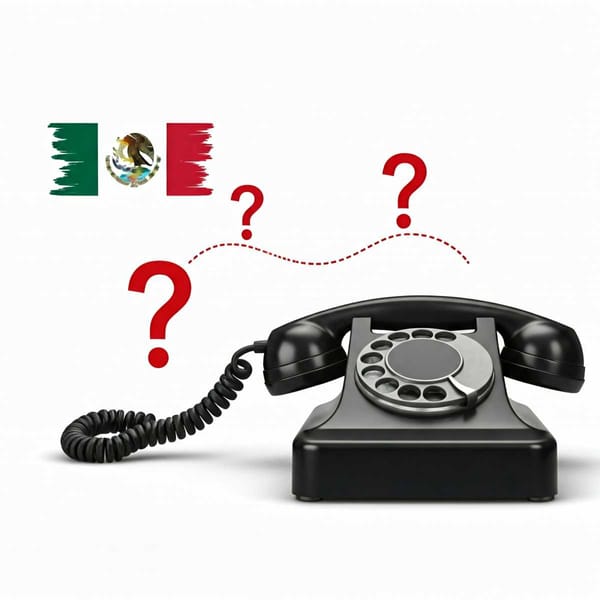Forms of Slave Resistance during New Spain
New Spain was one of the territories where the market of African slaves was used, both for the sugar mills and for mining.

Slavery is a historical phenomenon that has been developing and intensifying since ancient times with the creation of large slave markets. However, with time, the economic system of slavery would reach its decline due to both abolition policies and the resistance and struggle of the slaves to obtain their freedom.
In the case of Mexico, it can be pointed out that the phenomenon of slavery has been present since pre-Hispanic times, however, with the process of the Spanish conquest, the number of slaves increased as New Spain was one of the territories where the market of African slaves was used, both for the sugar mills and for mining. Likewise, the original cultures of America ended up in a state of religious slavery at the hands of missionaries and clergymen.
During that period of slavery in New Spain, there were resistance and rebellion movements on the part of the slaves who sought to obtain their freedom in the face of the situation and mistreatment they suffered from the people who kept them deprived of their freedom.
A transcendental event took place in 1763 when about 50 men and women fled from the Hacienda de Santa Bárbara de Calderón, who refused to continue being slaves when they were told that they would be sold by the will of their last slave owner. Taking their tools as weapons, they managed to escape from the hacienda to march to Mexico City where they sought to expose their non-conformity to the Viceroy, however, they were imprisoned.
During the interrogation process, several causes were identified that had motivated this group of people to rise against slavery, among which they mentioned the mistreatment they were receiving at the hacienda, which had caused the death of two people and left a third in serious condition. They also pointed out that the working hours and workload were extremely excessive.
Despite the testimony provided by the people questioned, it was not taken into account by the authorities. In the end, the hacienda owners obtained the ruling to recover the slaves who had escaped and to physically punish the people who had been identified as leaders of the mutiny.
It is worth mentioning that most of the different movements of slaves that sought to obtain their freedom had the purpose of obtaining their freedom by escaping from their owners and trying to find some authority that could intervene or negotiate in the demands that they came to request, some of these movements were very successful as was the case of the group of slaves that escaped and established the foundation of Nuestra Señora de Guadalupe de Amapa, which was located in the current state of Oaxaca, which was recognized as a town of free slaves by the Crown of Spain after a series of negotiations.
In the General Archive of the Nation, several files give an account of the organization of the slaves as well as the case of the slaves who tried to escape from the Hacienda de Santa Barbara de Calderon, which can be consulted in the Criminal fund, volume 135, file 56.




